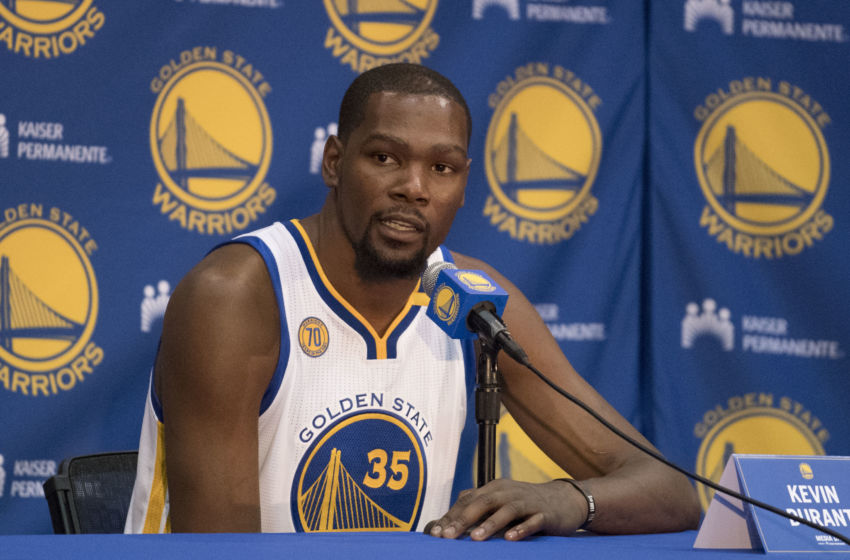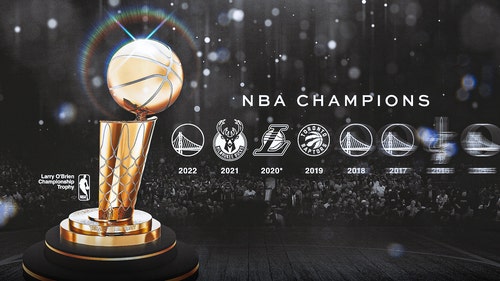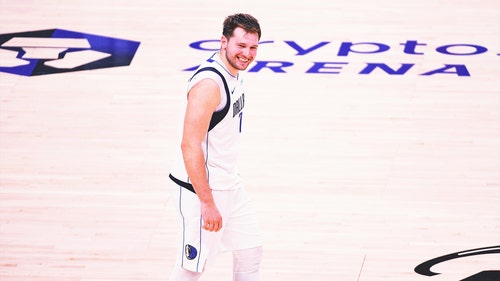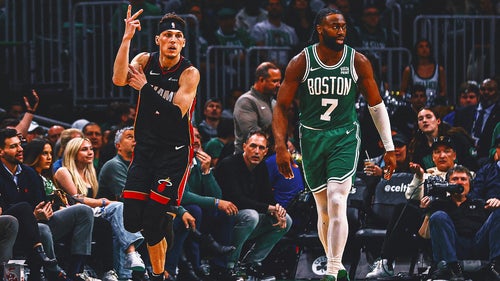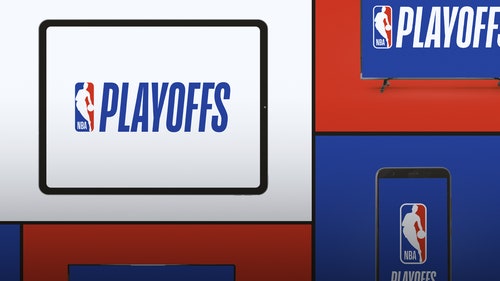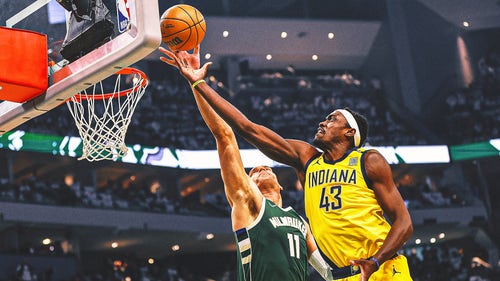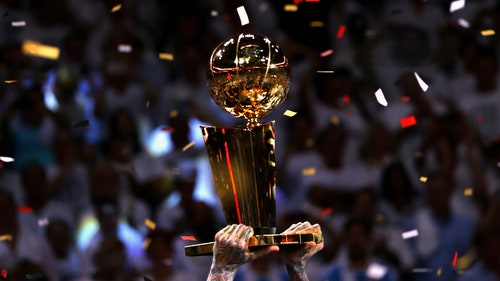
Deciphering the new CBA: What it means for the Trail Blazers
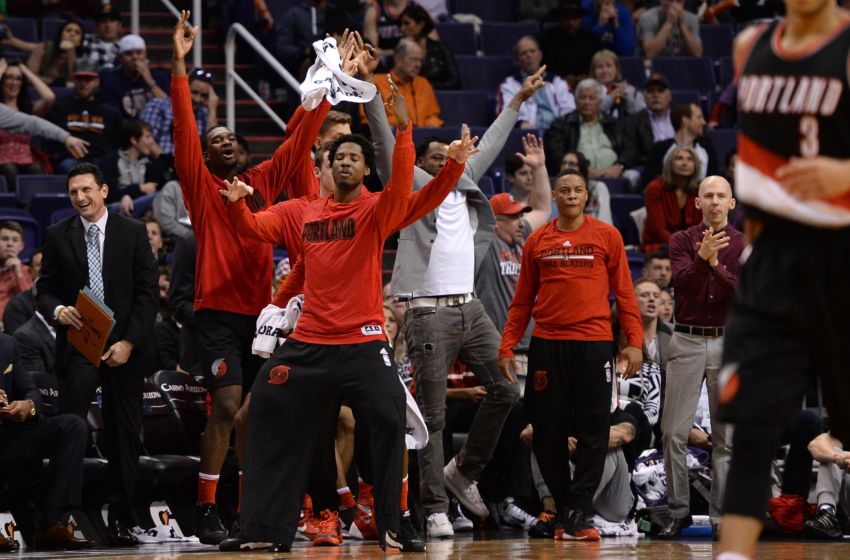 December 14th marked the day where the NBA and the NBPA reached a seven-year tentative CBA agreement. Details of the deal then became available, and for small market teams such as the Blazers, this was relieving news.
December 14th marked the day where the NBA and the NBPA reached a seven-year tentative CBA agreement. Details of the deal then became available, and for small market teams such as the Blazers, this was relieving news.
Details of the new CBA had been released. The highlights of the report contain:
Jan 1, 2017; Minneapolis, MN, USA; Minnesota Timberwolves center Karl-Anthony Towns (32) dribbles in the first quarter against the Portland Trail Blazers center Mason Plumlee (24) at Target Center. Mandatory Credit: Brad Rempel-USA TODAY Sports
However, the main aspect that Rip City should focus on is the retention of star players aspect of the contract. This greatly benefits small market teams like Portland. The teams that luckily draft a star player will have a significant financial advantage. This was the goal for the league in negotiations, referencing the Kevin Durant move as unfavorable for league competitive balance.
The new CBA has created a major incentive for perennial young superstars. Karl-Anthony Towns, Giannis Antetokounmpo and Kristaps Porzingis may decide opposite of what their predecessors (LeBron, Durant, etc) have done by leaving their ‘home team’. This franchise-altering decision is important if the league wants to rival with sports like the NHL in competitive balance. It makes the league more competitive and unpredictable. This leads to more profits as every game is worth tuning into and attending because the games should be closer.
Hello to the ‘Kevin Durant Rule”
Loyalty may be a bit overrated in professional sports today. Especially with the monetary figures being thrown like candy (ask Mike Conley). These athletes typically have a shelf life ranging from 0-20 years in earning capacity. Only the great (and lucky) ones last the full 20 seasons, such as Kobe Bryant and Tim Duncan. Those players are dubbed generational superstars, and rightly so. That’s where the rule comes into place, it incentivizes the athlete to stay with their present team.
The qualifications for the premium (35% of the cap) extension are for a select group of players who have played 8 or 9 seasons. They also have to be an all-NBA player currently or in two of the past three seasons. They also could have won the Defensive Player of the Year or MVP in one of the past three seasons. The player also has to have re-signed with the team that they played for since their rookie contract (players traded still qualify). That reduces the field of candidates drastically. This rule can alter the path of a franchise for a decade, just ask Oklahoma City or New Orleans.
What kind of money would these players be forgoing if they wanted to leave? Let’s use Stephen Curry as an example. His contract is expiring this summer and if he were to sign elsewhere, his contract would be valued at four year $133 million. But if he re-signed in Oakland, he could sign a five year $209 million contract!
Just let that soak in for a second: an opportunity cost of $76 million! It is difficult to talk about loyalty in professional sports when these players get paid like Scrooge McDuck. You can’t blame them. If anything, blame the system. A superstar player who seeks to maximize his earnings could potentially stay with one team his whole career. Now that would promote league-wide competitiveness, and might see the NBA return to glorious rivalries like those of the 70s-90s.
Jan 8, 2015; Portland, OR, USA; Portland Trail Blazers president Chris McGowan (left), owner Paul Allen (center) and general manager Neil Olshey (right) watch the game against the Miami Heat during the second quarter at the Moda Center. Mandatory Credit: Craig Mitchelldyer-USA TODAY Sports
How Does the CPA Affect Rip City?
Let’s start with Damian Lillard and CJ McCollum. With this rule kicking in, they could be eligible for this premium extension if they continue to play well. This means they both will hopefully live within driving distance of Tualatin beyond 2024. The Blazers have had trouble attracting free agents to Oregon for most of their existence. With the wizardry of General Manager Neil Olshey at the helm, star retention is a realistic possibility for the Blazers. This can be applied to two players on each NBA roster (who also fit the requirements), and we just happen to have two now. It will still be difficult for a player to meet these categories, but Lillard and McCollum could potentially meet those standards, and the Blazers have the upper hand.
Unfortunately, the NBA middle class that includes Allen Crabbe, Evan Turner and Maurice Harkless will lose out in the future. The NBA is a ‘zero-sum game’. One’s gain is another one’s loss. In this case, those in the middle are getting raw end. This is correcting the script in a sense, as guys like Crabbe are currently earning more than All-NBA players such as DeMarcus Cousins. The spiked cap created market distortions (inefficiencies) which could be adjusted to realign the salaries of players who are “deemed more deserving.”
To conclude, here’s some food for thought.
If this rule came in for the 2015 free agency, would LaMarcus Aldridge have stayed? If so, could CJ have still developed and have become the third star behind LA and Dame? Hindsight is 20/20, drop me a line in the comments.
More from Rip City Project
This article originally appeared on






































































































































